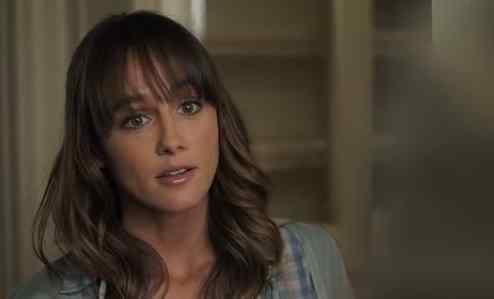 https://www.wickedhorror.com/features/noteworthy-heroines-of-horror-erin-from-youre-next/
https://www.wickedhorror.com/features/noteworthy-heroines-of-horror-erin-from-youre-next/
 https://slate.com/human-interest/2017/04/director-jonathan-demme-faced-down-silence-of-the-lambs-gay-backlash.html
https://slate.com/human-interest/2017/04/director-jonathan-demme-faced-down-silence-of-the-lambs-gay-backlash.html

Tags: Final, vulnerability, horror, her, first, desire, undermined, protagonist, lure, object, subvert, passivity, movie, system, teenager, sexualized, hot, film, pretty, become, woman
The [final] girl―the girl left at the end of the [movie], the only one to have survived the [horrors]―has been an all-too-common feature of [horror] [movies] throughout the ages. I have adored [horror] [movies] since I was old enough to watch them, and I often looked up to the [final] girl as a role model: if I was in a [horror] [movie], I would be as smart and as savvy as [her]. On the other hand, the [final] girl often conveys the man’s idea of an “ideal” [woman], as she is conventionally attractive and thin. She is [first] recognized for [her] looks, [vulnerability], and as the “passive [woman],”[^1] or an [object] that is “punished . . . in a sadistic form of voyeurism,”[^2] despite [her] intelligence and being the survivor. Put simply, she is a [hot] girl who is also smart.
The [protagonist] of John Carpenter’s Halloween, Laurie Strode, fits this cliche. She is representative of the [vulnerability] and innocence that many men [desire] of young women. Outside the [film], [teenage] boys find a [pretty], innocent girl fending off a horrific, massive man. Inside the [film], Laurie is hounded by a boy who wants to go out with [her]. The “[final] girl” trope goes beyond Halloween―Erin in You’re Next, Clarisse in Silence of the Lambs, Sally in The Texas Chainsaw Massacre, and Wendy Torrance in The Shining are some other examples of [final] girls.
The trope has [become] so naturalized that it is doubtful anyone questions the lack of a central male [protagonist] in a [horror] [movie]. The issue comes with the disregard for the [final] girl’s important human qualities, qualities [undermined] in the straight-white-male-centered [system] of viewing. Although the attractive [final] girl is a [lure] for [teenage] boys, she “command[s] the stage”[^3] as the [protagonist] rather than any man (except, possibly, the villain). So, although the female [protagonist] is problematically and naturally viewed as an [object], she [subverts] the idea of feminine [passivity] despite being the “looked at.”[^1]1 And despite [her] objectification, she can still be a relatable role model for female [horror] [movie] fanatics (hopefully a role model that will [become] less [sexualized] in the future).
https://en.wikipedia.org/wiki/Laurie_Strode
 https://www.wickedhorror.com/features/noteworthy-heroines-of-horror-erin-from-youre-next/
https://www.wickedhorror.com/features/noteworthy-heroines-of-horror-erin-from-youre-next/
 https://slate.com/human-interest/2017/04/director-jonathan-demme-faced-down-silence-of-the-lambs-gay-backlash.html
https://slate.com/human-interest/2017/04/director-jonathan-demme-faced-down-silence-of-the-lambs-gay-backlash.html

Build with Jekyll and true minimal theme